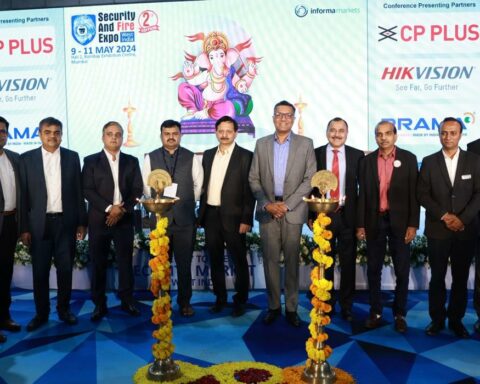“There are many studies that say that 5 out of 10 women leave their tech jobs by age 35.
This could be due to a variety of reasons. To start with, in Indian society, it’s a common notion that women bring in only secondary income and are not the bread winners. When there are disruptions in family – spouse’s transfer, child’s welfare etc; its mostly the women who leave their jobs.
Secondly, the nature of work in tech industry is such that it doesn’t confine to a 9-5 job, especially for multinational corporates. For entry-level positions, there are a lot of good initiatives that bring women into IT. The challenge happens when it comes to growing up that ladder. A lot of women get exhausted with balancing personal commitments and work; and gravitate towards less stressful jobs which gives them more power, flexibility and satisfaction at the same time.
Thirdly, human tendency to gravitate to people like oneself leads powerful men to sponsor and advocate for other men when leadership opportunities arise. The resulting underrepresentation of women in top positions and limited networking among women outside of work hours, reinforces and supports men’s bids for leadership, and thus maintains the status quo.
Lastly, women are often left out of groups like being a smoke pal, or a golf-pal or a cricket pal, because of their personal interests or priorities. Managers promote people in their inner circle, the people they’ve spent time with, and have done some socializing with. Whether this is conscious or unconscious, it is a bias that sometimes make women fall back in the race.
Having part-time work policy, flex hours, return to work program after a career break, counselling sessions for mothers, child-care centres inside office campuses, rotation between onsite and offsite opportunities, conscious and unconscious bias training can go a long way in encouraging these accomplished and experienced women, to continue their careers in STEM.
o9 solutions has always been supportive of returning mothers and takes measures to upskill them in new skills and has flex hours. There are also women leaders in every department who invest in mentoring younger women to express themselves and feel confident in the profession they have chosen.
While progress has been made in women’s empowerment in the workspace, we still have a long way to go and it is essential that businesses, governments, and society as a whole work together to promote women’s participation in technology. By doing so, we can create a more inclusive and equitable society, benefiting everyone in the country.”






